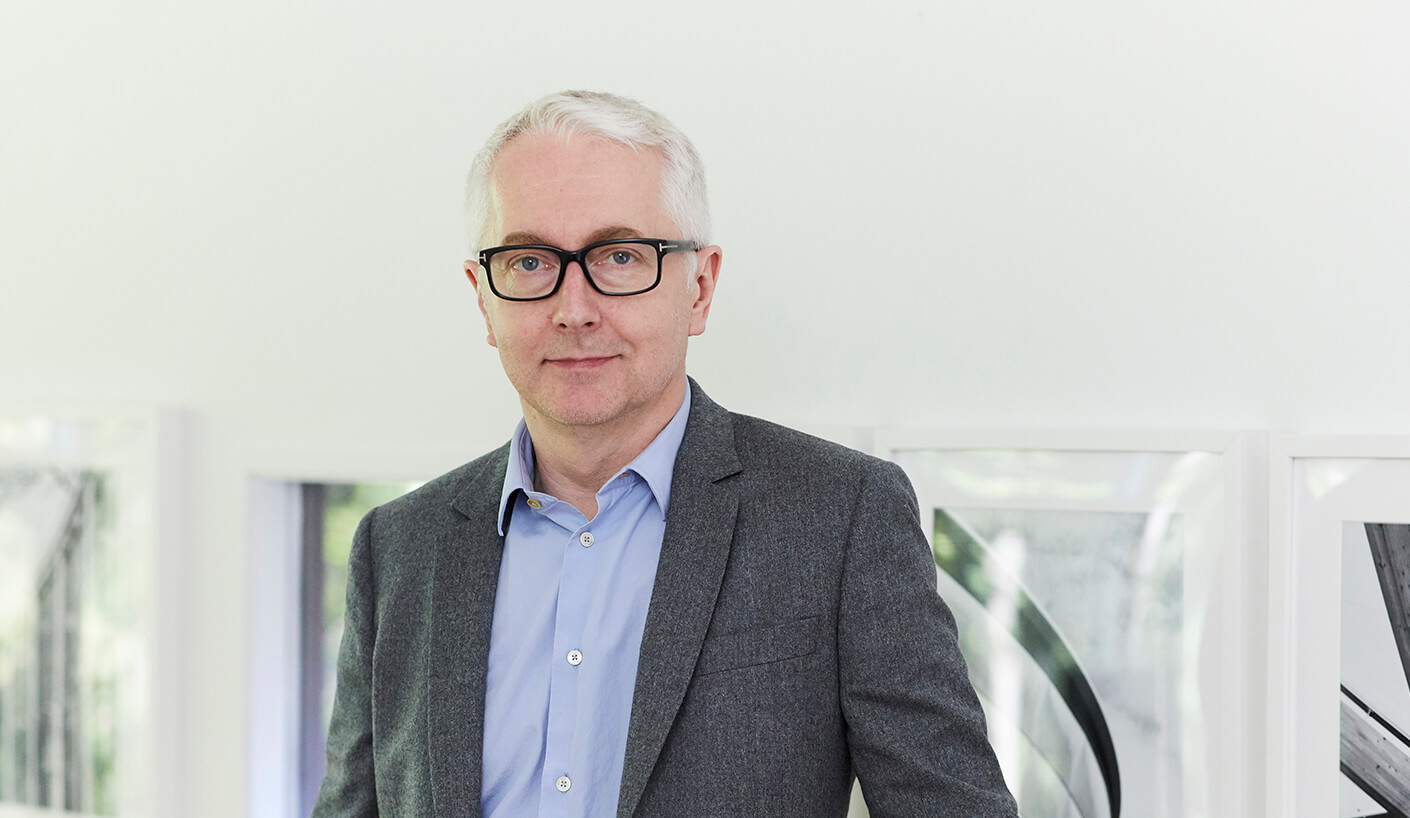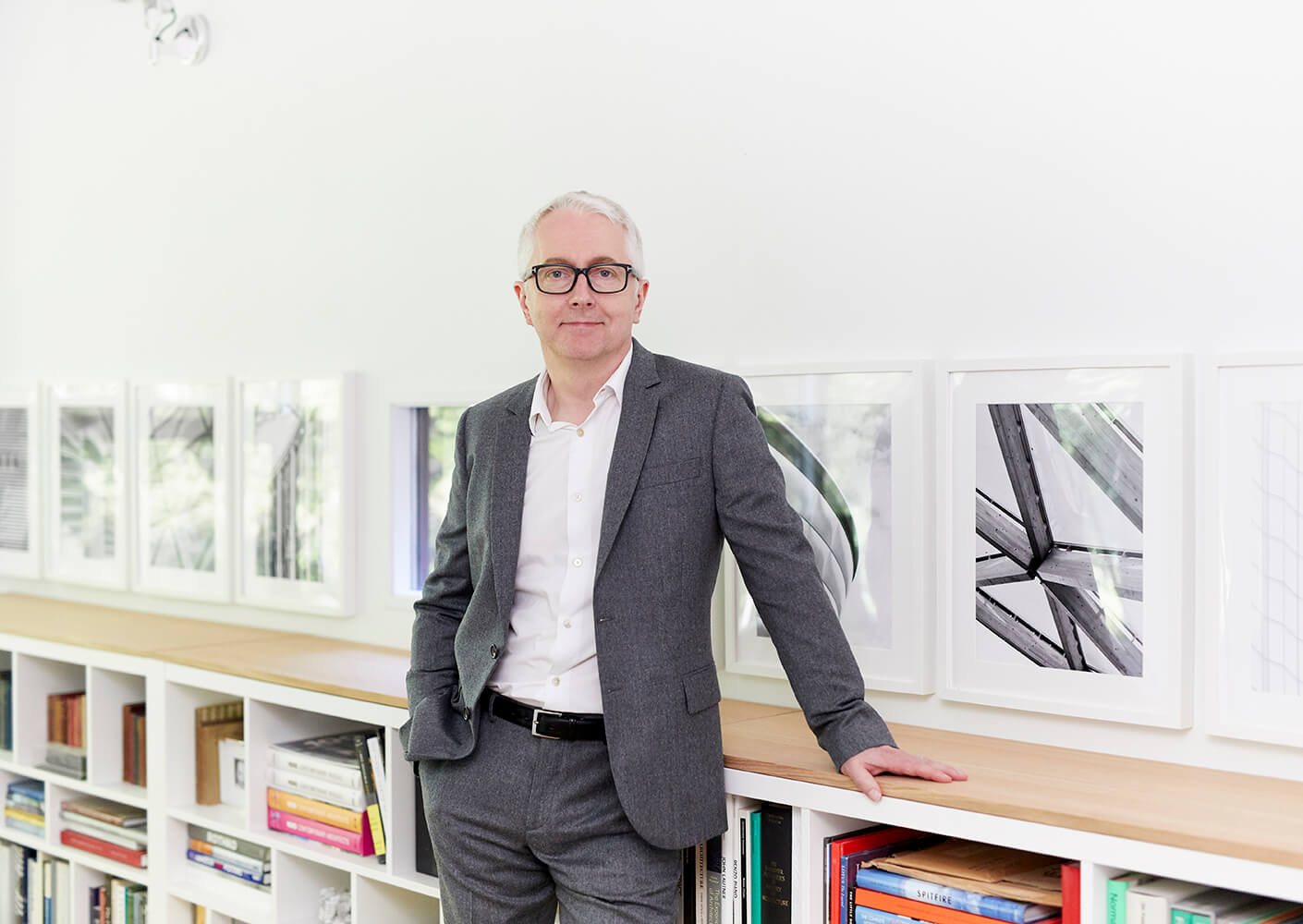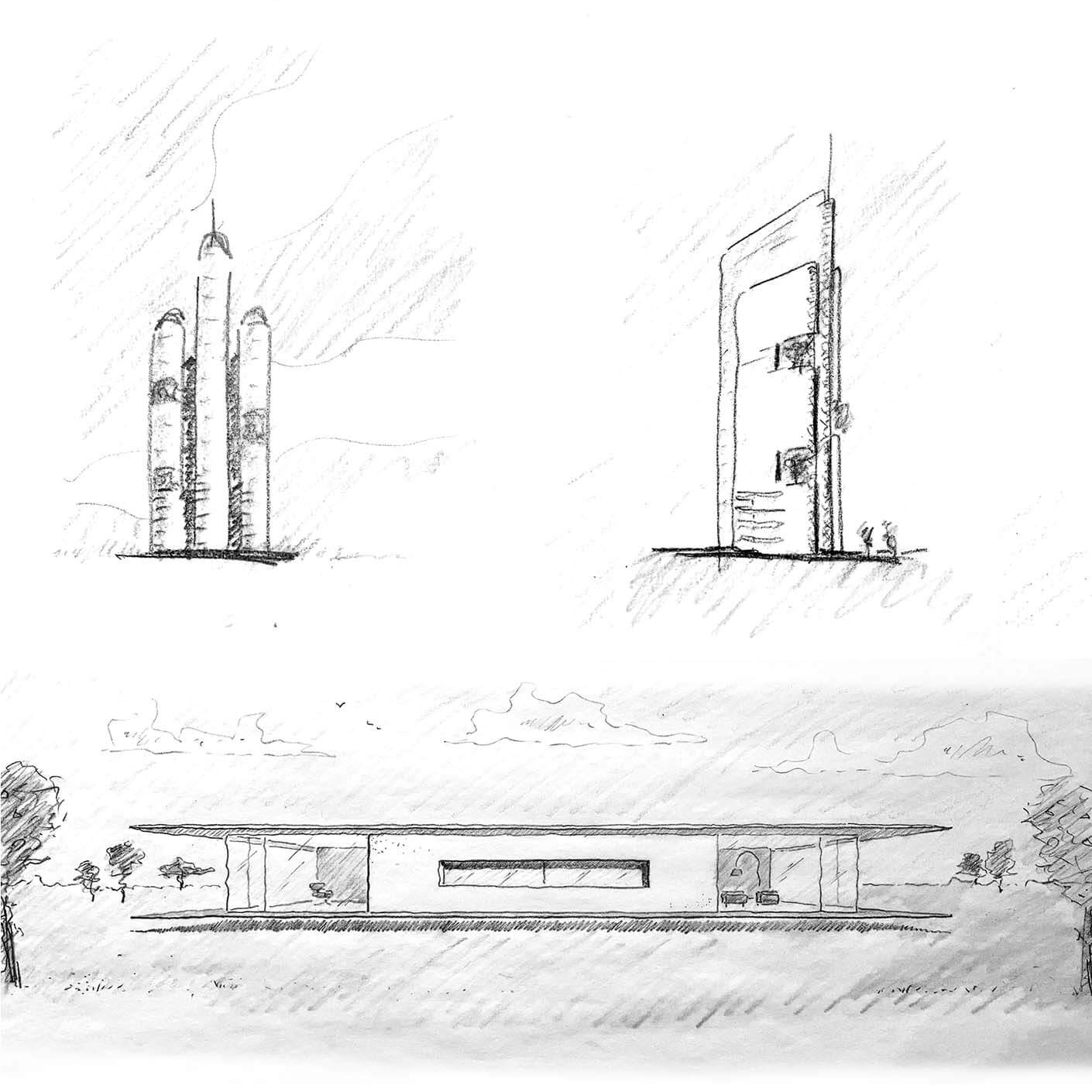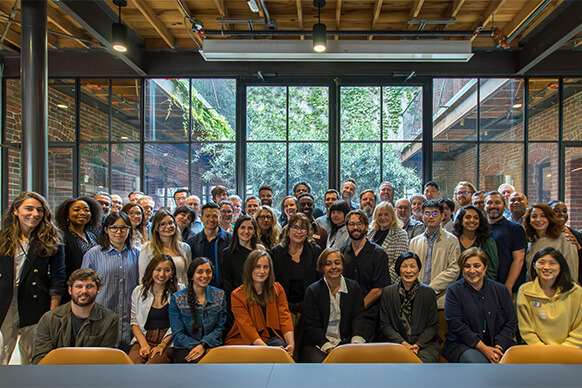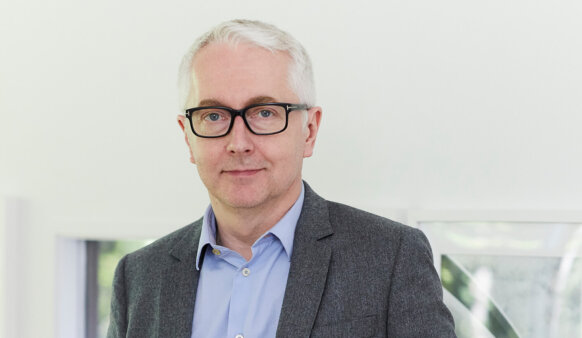LOS ANGELES—January, 13, 2022—Chris Connell, the prolific architect behind such projects as the Samson Pavilion for Case Western Reserve University, Hydro Arena in Glasgow, and 100 East 53rd Street in New York City, has joined global design firm Perkins&Will.
Connell serves in a firmwide leadership role that allows Perkins&Will clients to benefit from his high design pedigree and proven business savvy. Most recently, he was the Chief Design Officer of Cleveland Clinic—ranked one of the best hospitals in the U.S.—where he worked to ensure alignment between the organization’s architectural and strategic goals.
“The beauty and rigor of Chris’s design work, which spans a remarkable breadth of typologies and markets, speaks for itself. But in addition to design excellence, one of Chris’s greatest strengths is his ability to see clearly from the client’s perspective—to expertly bridge design with organizational strategy,” says Perkins&Will CEO Phil Harrison. “Chris knows precisely what clients need because he, himself, has been a client.”
